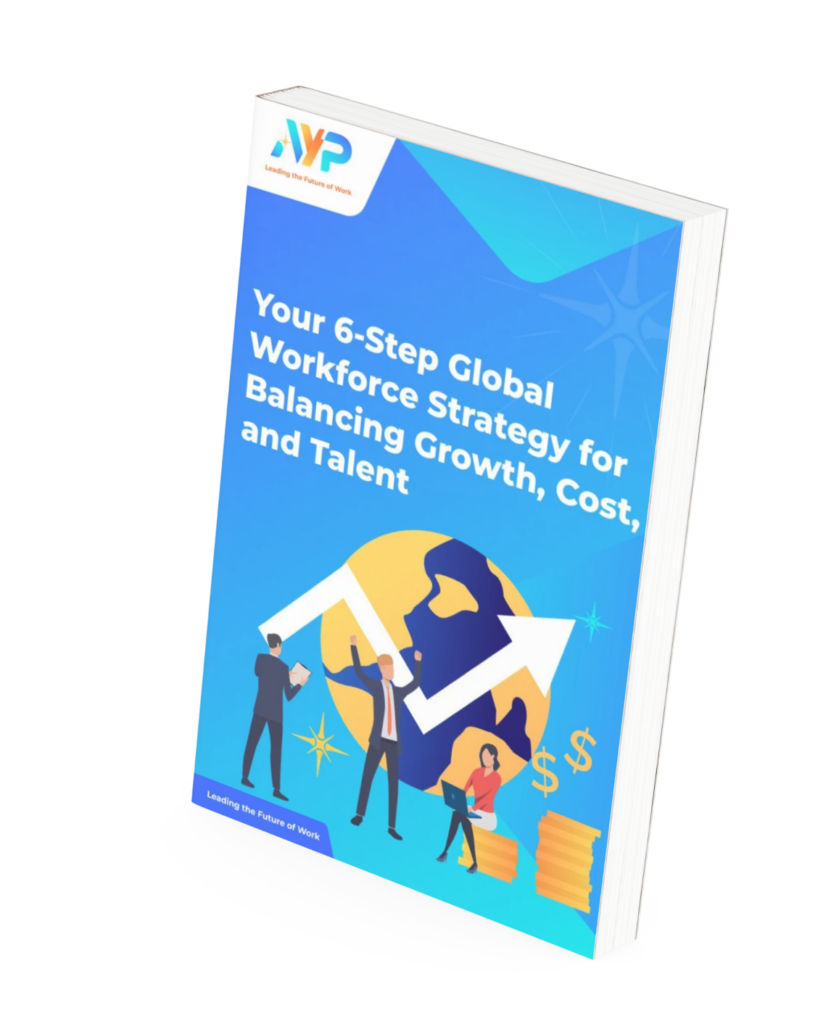Learn how different employee contracts can help you optimise your business cost needs.
In today’s workplace, employers no longer hold all the power over their staff and many modern organisations now evaluate each other to figure out if they’re a good fit. However, one thing hasn’t changed: salaries are still at the forefront of everyone’s minds.
The world of work continues to witness the increasing demand for a living wage with events like 'The Great Resignation'. Closer to home in Southeast Asia, we find similar instances indicating that salaries are a key driver of employee happiness 1.
ASEAN countries, namely Indonesia, Malaysia, Vietnam, Thailand and the Philippines have implemented minimum wages to ensure employers are paying their workers salaries that keep up with the local cost of living 2.
While these regulations may come at an increased cost to business owners, flexibility in employment hiring schemes can ensure employers and employees can reap the benefits of a tailored workforce.
1. Permanent Staff
In a typical business, the bulk of the workforce is made up of full-time staff under an indefinite or fixed-term employment contract. These workers are paid fixed salaries and are entitled to the full range of employee benefits that typically include paid leave, overtime pay, safety training, and work insurance.
The plus side of having permanent staff is that employers can rest easier knowing that they are supported by a dedicated workforce which are more loyal, reliable, and maintains consistency in the quality of your products or services. That being said, this often comes with higher cost commitments.
2. Part-Time Staff
Supporting the main workforce are part-time staff, who are generally paid pro-rated salaries based on the amount or hours of work done, and maybe eligible for certain employee benefits depending on local regulations 3.
Like full-time permanent staff, part-time workers must be paid a minimum wage.
3. Freelancers
Lastly, freelancers are hired for specific projects, and their employment with the company ends with the completion of the project. The freelancer economy in Asia has seen an annual growth rate of 30%, with 150 million self-employed individuals in the region’s workforce as of 2019 4. Many employers are hiring more freelance workers to take on ad-hoc projects.
Comparing the pros & cons of non-permanent staff
| Benefits | Challenges |
|
|
What’s right for your company? Here at AYP Group, we can help you find a workforce solution tailored to your individual business needs.
As an award-winning leader in HR, PEO and payroll outsourcing solutions, we’re proof that high-quality outsourcing can be a cost-effective game-changer for businesses.
Meet our experts for a free consultation
Featured Content
1. Hiring 101: Building Engagement with Potential Employees
2. What is Disguised Employment and Avoid the Risk
3. How HR Analytics Help With Talent Performance
References
- Workers in Southeast Asia are unhappy about salary and relationship with colleagues: Survey. September 2021.
- Minimum Wages in ASEAN for 2021. ASEAN Briefing. May 2021.
- Regulatory considerations in the new gig economy. HRM Asia. June 2018.
- Gig economy in SE Asia is keeping the lights on: who is helping them? DigiconAsia. July 2021.



